January 2021 Newsletter
We hope you and your family had a nice holiday season. We invite you to take a few moments to read the commentary below and give us a call if you have questions or if you want to chat about your investments.
Macro Overview
COVID-19 reshaped markets, trade, retail, and consumer behavior globally in 2020 with lingering effects heading into 2021. Markets shrugged off pandemic concerns throughout the year, with all major equity indices reaching new highs in December. The anticipation of vaccinations along with the hope of a resurgence in consumer demand may eventually elevate economic activity to where it was before the emergence of COVID-19.
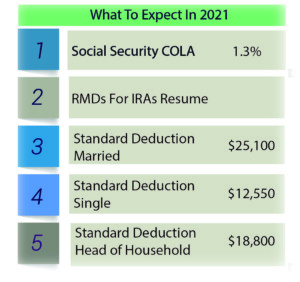
Vaccinations across the United States and internationally are expected to take months, as distribution efforts pose a challenge. The CDC estimates that at least 70% to 80% of the 330 million U.S. population needs to be vaccinated in order to achieve herd immunity. Guidelines issued by the CDC suggest that healthcare and essential workers should receive vaccinations first, then offered to the general public. The CDC is delegating the distribution of vaccines as well as the prioritization of inoculations to the individual states.
Optimism surrounding vaccinations is expected to propel consumer confidence higher, possibly leading to elevated spending levels. Employment and wages, which were hindered for most of 2020, are also critical factors in determining consumer expenditures.
The onset of inflation is becoming a reality for millions of Americans, as the cost of services and products has gradually been increasing since the pandemic began. Consumer inflation expectations rose in 2020 with the anticipation of lasting inflationary pressures heading into 2021.
The Federal Reserve communicated in December that it would continue to keep the federal funds rate near zero and buy $120 billion worth of bonds monthly until the employment situation improves. Rates held at historic lows in 2020 as ambitious efforts by the central bank facilitated liquidity and borrowing to maintain economic stability.
Behavioral consumer changes brought about by the pandemic shifted spending from restaurants, travel and movies to grocery stores and online shopping. Some economists expect the trend to stick even in a post pandemic environment.
Sources: Federal Reserve, CDC, Treasury, Tax Foundation Jan 2021
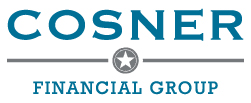
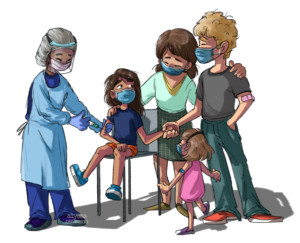 Stimulus Payment; A one time direct payment in the amount of $600 for individuals earning up to $75,000, heads of household earning up to $112,500, and couples earning up to $150,000. There is also an additional $600 per eligible child dependent.
Stimulus Payment; A one time direct payment in the amount of $600 for individuals earning up to $75,000, heads of household earning up to $112,500, and couples earning up to $150,000. There is also an additional $600 per eligible child dependent.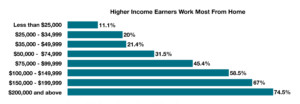
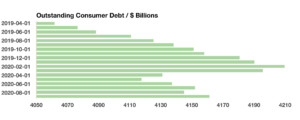 The gradual reopening of stores in the 3rd quarter and increased online shopping options gave consumers the chance to regain their spending habits. Unfortunately, many of the same consumers that were spending freely before the pandemic had since lost their job or suffered a blow to their income. Millions of consumers have since resorted to tapping unused credit cards and lines of credit in order to meet ongoing living expenses.
The gradual reopening of stores in the 3rd quarter and increased online shopping options gave consumers the chance to regain their spending habits. Unfortunately, many of the same consumers that were spending freely before the pandemic had since lost their job or suffered a blow to their income. Millions of consumers have since resorted to tapping unused credit cards and lines of credit in order to meet ongoing living expenses.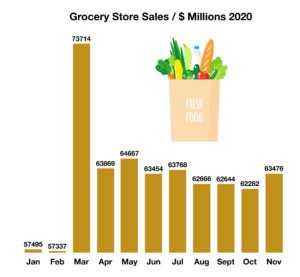 Various products from toilet paper to frozen foods saw incredible increases in sales as the pandemic set in. Not only did demand for such products increase, but so did prices, thus allowing many food related companies to maintain profitability margins.
Various products from toilet paper to frozen foods saw incredible increases in sales as the pandemic set in. Not only did demand for such products increase, but so did prices, thus allowing many food related companies to maintain profitability margins.